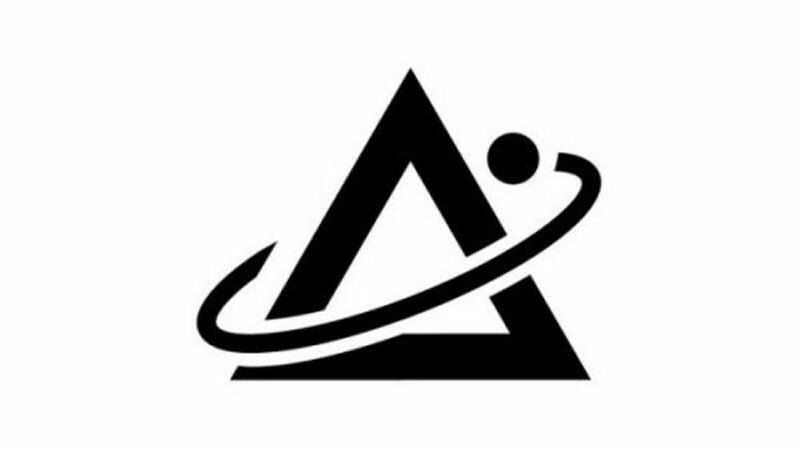Genesys Digital Transformation
I founded Genesys over 21 years ago. Back then, the Internet and the digital world that we know today were simply unheard of. It was 1994. By then there were just around 2750 websites but the web had yet to be adopted commercially. (Today there are over 1 billion sites.) Genesys’ mission was to offer a professional level of management consultancy focused on technology in the travel industry. Our primary work then was assisting travel companies with their back office systems, particularly helping with new system procurement which, of course, we continue to do today amongst many other activities.
Systems in the 1980s were text based. The best tour operator systems presented screens that were forms that you filled-in with fields such as departure date, duration, destination and so on. The airline global distribution systems were still command-line systems Agents were trained to understand the command-line language they needed to type to check availability, make bookings, print tickets and perform more complex transactions. For example, TMU1CSK/Z9/FS/IT/TC6LH2SKXX2 is a command line to update a flight ticket. In the UK, we had viewdata, a text based system that looked like teletext and enabled travel agents to make holiday bookings directly in tour operators’ computer reservation systems. This and the airline GDSs were b2b e-commerce, except these terms had yet to be coined.
The work that Genesys does has changed considerably since our foundation. With this in mind, I decided towards the end of last year that it was time to re-brand, to better reflect the work we now do. So goodbye to Genesys – The Travel Technology Consultancy and hello to Genesys Digital Transformation with our brand new mobile responsive website.
But what is Digital Transformation? Our new logo (illustrated above) has been designed around the answer to this question. It illustrates the world of commerce, always on the move, encircling and embracing Digital Transformation.
Digital Transformation itself is represented by the equilateral triangle at the centre of the logo. It stresses that there are three equally important objectives, any one of which will be an objective for every digital transformation project or initiative:
- Provide an exceptional user experience
Whether users are the people within your business, your suppliers or your customers, the objective is to provide them with an easy, instinctive and knowledgeable interface with your organisation. This user experience must meet the need for intuitive interaction and relevant, contextual, information exchange.
- Understand the customer
Know your customers and they will continue to beat a path to your door. Advanced data analytics provides the insight your business needs to converse with your customers in an intelligent manner, proving to them that you know them, you understand their preferences and have the products they want to buy.
- Create frictionless business processes Your business should run like a well-oiled machine. Achieving frictionless business processes results in your operation running at maximum efficiency and minimum cost. Business process bottle-necks that can create frustration for your people and your customers are ironed out.
So Genesys is in the business of helping its clients meet these three objective. Perhaps use them to think about your own business. Are you providing an exceptional user experience? Are you making the best use of the information you know about your customers? Does your organisation and its technology run like clockwork?
Most organisations won’t be able to answer yes, yes and yes because there is always room for improvement. What you might like to do, though, is think about using these three objectives as a framework to help prioritise your efforts to get that digital transformation ball really rolling.
